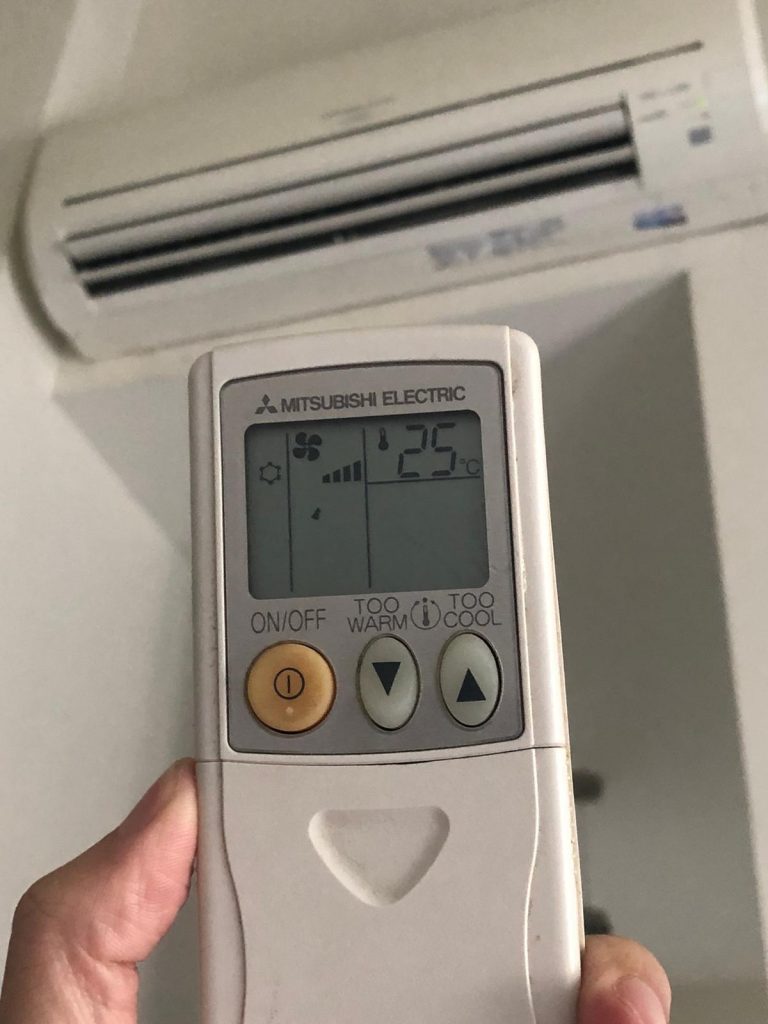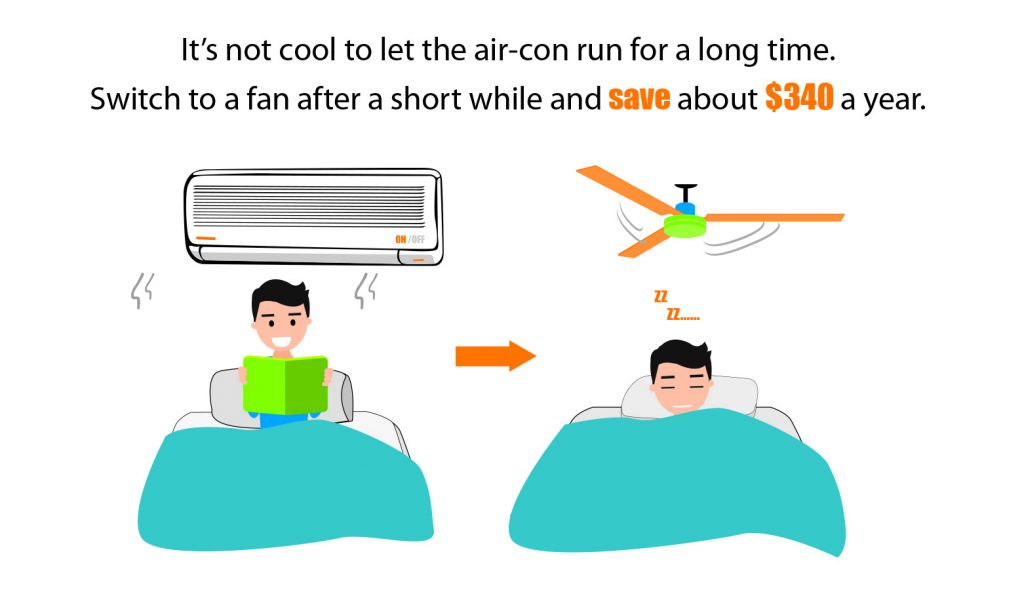Although BMI is widely used as a measure of weight, it is not very accurate and can lead to the mistreatment of obesity and eating disorders.
What happens if you don’t move while at your desk?
Our bodies were built to move. Staying active means that all our joints, muscles, bones and organs can function properly. Likewise, our bodies are not designed to sit for hours at a time: A serious drawback when so much of everyday office life is dominated by the time we spend in our chairs.
Sitting is not inherently unhealthy, especially if you’ve got an ergonomic office chair that can bring your body to the correct sitting position. However, if you don’t get enough exercise in the office, sitting in front of the computer screen for a long time could lead to issues in your general health. In some cases, a lack of movement at the desk even has serious consequences, including the following:

- Back pain is now considered as normal “wear and tear” for office workers. Sitting for a long time puts strain on the spine without relieving it. In the worst cases, it can even lead to slipped or herniated discs.
- Bone and muscle loss: Excessive sitting strangles the supply of nutrients to your bones and muscles, which can result in a loss of bone density and muscle mass. Diseases associated with this problem include osteoarthritis (joint wear) and osteoporosis (bone loss).
- Tension: Painful tension in the neck and shoulders is often caused by one-sided strain, a static posture, or a lack of movement between extended periods of sitting. The longer you go without exercise, the more your muscles cramp, and the more the pain intensifies.
- Headaches: Tension in the shoulders and neck isn’t just painful, it can also trigger unwelcome headaches. Naturally, these headaches can stop you from concentrating and performing at your best.
- Cardiovascular diseases: Without regular exercise, your heart may also be affected, with high blood pressure a common side effect. This can be responsible for heart attacks or strokes.
To stay fit and healthy in the long term, you’ll need to take active steps that counteract the lack of exercise that everyday office life is often responsible for. By including regular exercise in your daily work routine, you ensure that your physical and mental well-being can be maintained or even improved. Here are a few useful tips for getting more exercise at work.
Staying active at your desk: important points to consider
If you want to stay active in the office, you need to make sure that your workspace is properly set up for maximum ergonomic benefits. After all, the best workout is only half as effective if your desk height and office chair are causing problems elsewhere. Just a few simple adjustments can reduce the risk of back pain and ensure your exercise is as valuable as it can be.

Sitting and standing at your desk
Do you use your chair more like a lounge recliner? Do you find yourself slipping further and further down the back of your chair as the day goes on? Then maybe it’s time you got a little less used to sitting down all day. Let’s get moving!
To prevent prolonged periods spent in static positions, you need to choose office furniture that makes movement at your desk as simple as possible. Your first port of call should be an electrically height-adjustable desk, which enables you to work comfortably in both a sitting and standing position. However, working while standing needs a little practice: the perfect switch to a more healthy, dynamic working life doesn’t happen overnight!
Tip: While you are getting used to working while standing, it’s best to limit yourself to short standing units of between 5 and 10 minutes. The rest of your workday should be normal sitting time (although preferably in an ergonomic office chair). These shorter bursts give your body enough time to get used to your new, active daily routine.
Even if you don’t always feel like standing, you can motivate yourself with the knowledge that you’re doing your body a huge favor. That’s because working while standing has a number of advantages for your health:

- Relief for your back: Sitting for long periods of time every day leads to excessive muscle relaxation, which can become noticeable in your back area when it manifests itself as pain. The solution is simple: when you stand as upright as possible when working, you can strengthen your back and neck in a targeted manner.
- Better circulation: When you sit for a long time, you’ll notice that your legs feel heavy. The reason for this is poor blood circulation. When standing, the blood can circulate much better, which means that your whole body is sufficiently supplied with the oxygen it needs.
- Better breathing: When you stand, your entire upper body is extended, which helps you breathe in and out more deeply. Your lungs can be filled with air without obstacles. On the other hand, when sitting, the body does not take in air as it should.
- Strengthened legs: Working while sitting does not require your leg muscles at all. Over time, this can lead to the muscles gradually wasting (atrophy) because they are not being used regularly. Regular standing prevents muscle wastage in your legs and strengthens them at the same time.
How to set up your workstation correctly
An ergonomically optimized, healthy workplace is essential for correctly implementing a beneficial sit-stand cycle in your everyday office life. This means that your office chair and desk must be adjusted correctly. If the desk is too low or too high for standing, an upright posture cannot be achieved, and standing may even have a negative effect. Here are a few guidelines to follow if you want to achieve the ideal chair or table height:
- Chair: You can tell when your chair is at the correct height when your thighs form a sloping line towards your knees: your knees should then be a little lower than your hips. Additionally, your feet should have good contact with the ground.
- Desk: When configuring your height-adjustable desk, you should choose a height the ensures armrests of the office chair are at the same height as the desk when you are sitting. When standing, the correct height is when your bent arms form a right angle while resting on the tabletop.

Fit to work: 6 exercises you can do at your desk
Need inspiration for exercises that benefit your back, neck, shoulders, arms, and legs? Relieving tension and training your body do not have to interrupt your office work too significantly. On the contrary: There are many at-desk exercises that you can master without much effort or disturbance to your routine!
Of course, exercising at your desk will not be very effective if you don’t do it often enough. Make sure that you try to do these individual mini-workouts several times a week – ideally daily – when working in the office. Here are a few effective exercises for the body parts that are especially at risk when you sit for long periods.
1. Stretch your spine
Back exercises are increasingly popular for office workers. Back pain, an effect of the corona pandemic, is the number one disorder for working people today. However, it’s avoidable: To relieve pressure on the spine, you should always stretch it out well. This effective stretching exercise can be completed while sitting or standing.

- Get into an upright posture (sitting or standing).
- Bring both your arms above your head, keeping one arm slightly bent.
- Straighten the other arm so that you can feel a stretch.
- Hold this position for a few breaths.
- Switch arms and repeat the exercise.
2. Lift and rotate your shoulders
Alongside back pain, tense shoulders are common among office workers. To relax the muscles in this area, and to keep them relaxed, these two shoulder exercises can prove very beneficial.

- Raise your shoulders briefly (as in the graphic).
- Hold your shoulders up for a few seconds, then let them fall down again.
- Repeat this process 5-10 times in a row.

- Sit in a chair without leaning against the back.
- Place both your hands on your shoulders with your elbows pointing outwards.
- Slowly rotate your shoulders.
- Circle your shoulders forward 10 times and then back 10 times.
3. Stretch your neck
Another part of the body that is often affected by tension is the neck. To loosen up the neck muscles, we advise regular stretching while at the office. The following, simple exercise is ideal for your workspace:

- Raise your right arm above your head.
- Grab your temple with your right hand.
- Bring your chin down to the side of the chest.
- Extend your left arm so that your palm faces away from your body.
- Feel the pull in the neck area.
- Hold this position for about 30 seconds on each side, then switch.
4. Strengthen your arms
Staying active at your desk is not just a question of preventing pain – many are recommended for training your arm and leg muscles. No special equipment is required for this arm exercise—all you need is your desk! Here’s a step-by-step guide to an effective exercise that can strengthen your upper and lower arms:

- Stand in front of your desk (it should be about waist-high).
- Support yourself with both arms on the desk.
- Step away from the desk as far as you can so that your body is straight.
- Tense your body, slowly lower it down, then bring yourself back up.
- Do these office-friendly push-ups a few times each time you take a break!
5. Strengthen your legs
After sitting for several hours, your legs can start to feel heavy. To give them new lease of life, you’ve got to keep on moving! The following exercise is ideal for reinvigorating your lower body after a long stretch of sitting – particularly the backs of your legs.

- Place your feet under the desk so that your thighs and lower legs form a 120-degree angle.
- Lift your toes up while pressing your heels firmly into the ground.
- Hold this position for 15 to 20 seconds.
- Do 15 repetitions.
Staying active at your desk is worth the effort
If your joints are feeling rusty from too much sitting, if you want to finally say goodbye to painful tension, or you just want to stay healthy, regular exercise at your desk is essential. Don’t worry: with the right office furniture and a little perseverance, our desk exercises will help you feel better at work!



































